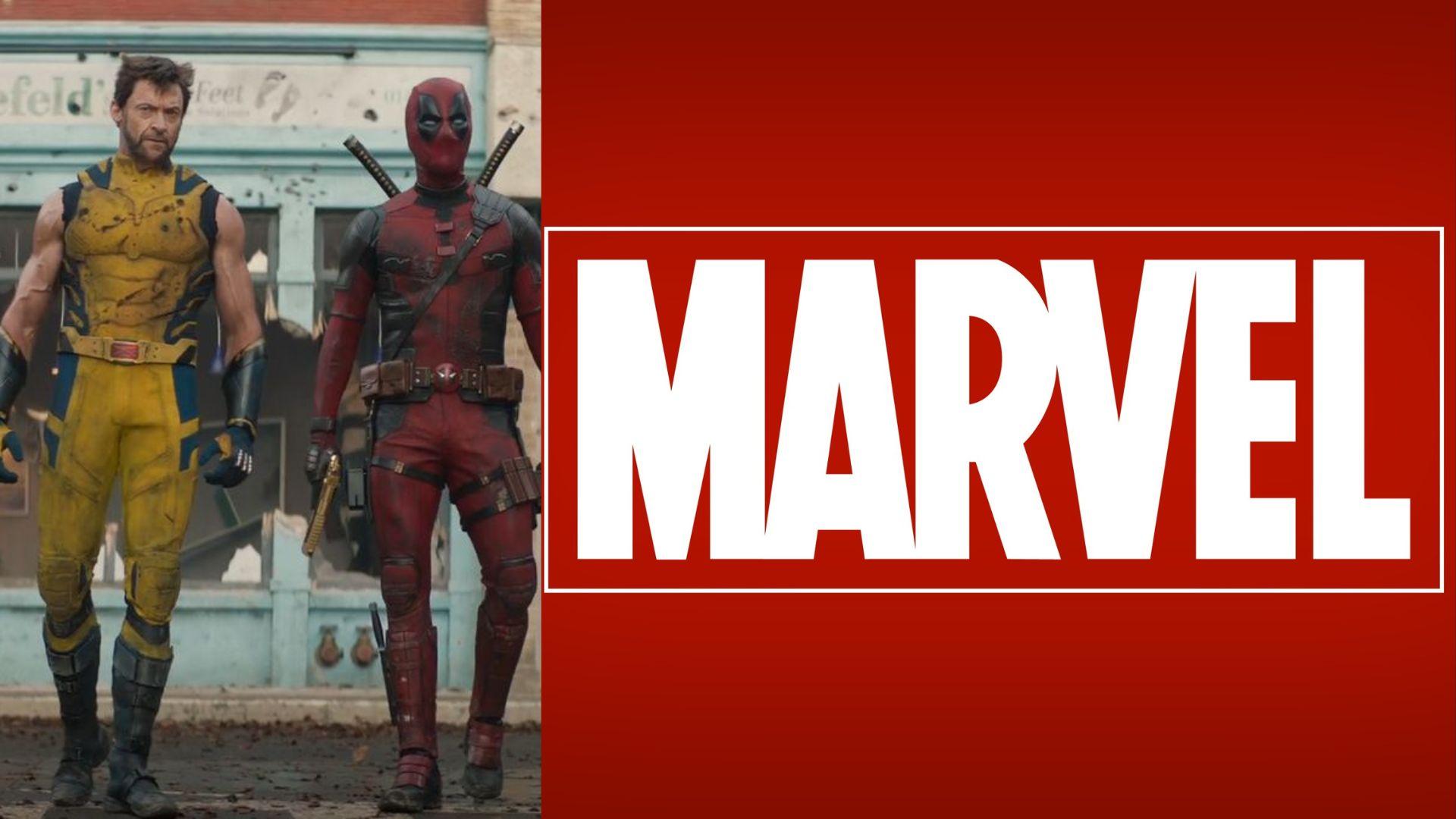Last Monday, Marvel Entertainment in New York and Marvel Studios in Burbank, California, laid off around 15 people, including junior-level employees in production and development.
These layoffs came at a time when Marvel was attempting to salvage the crumbling empire of the MCU amidst controversies, strikes, poor box office performances, and negative receptions from critics and audiences.
When Did Disney Purchase Marvel?
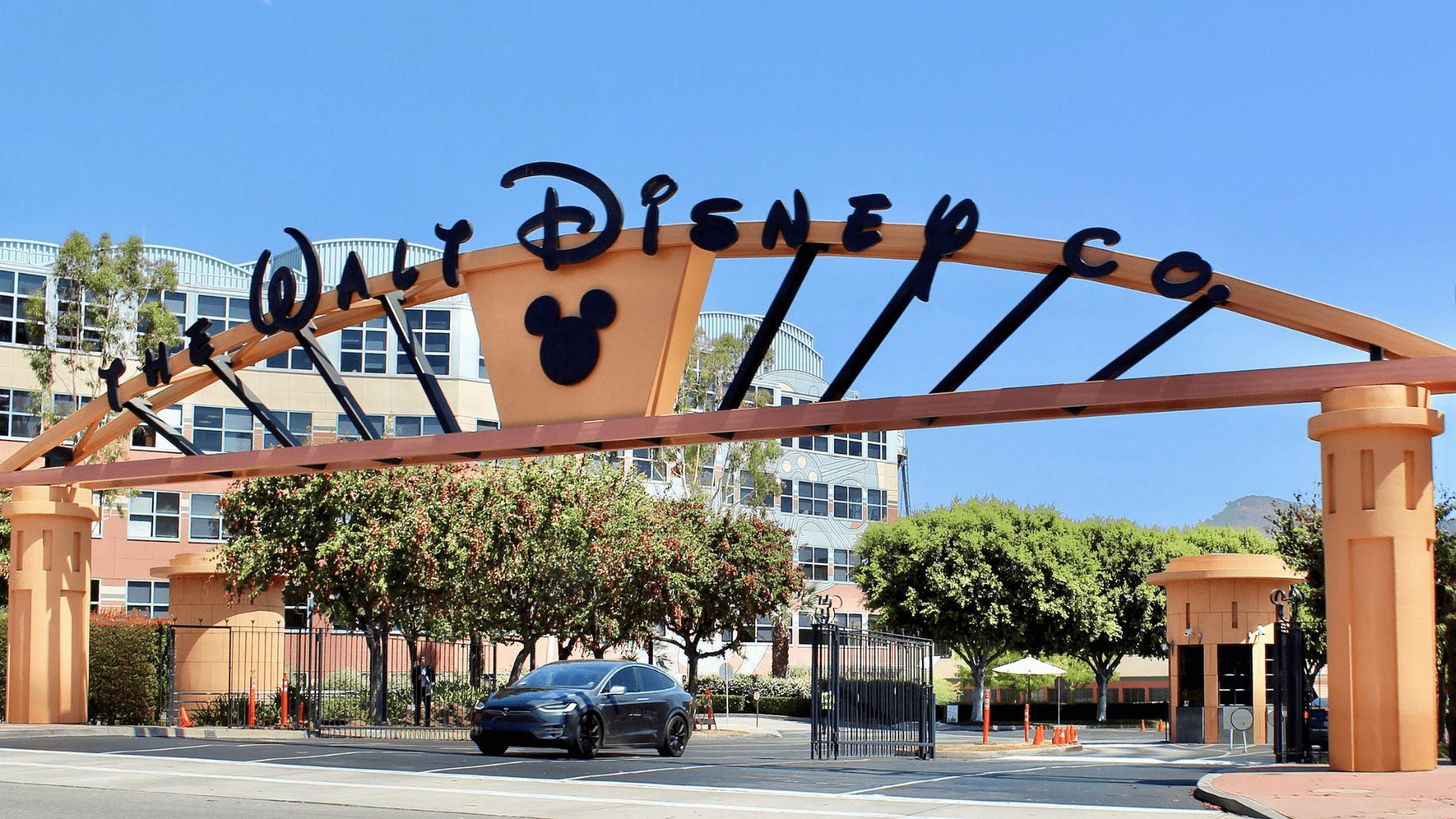
Disney purchased Marvel back in 2009. While Disney CEO Bob Iger admitted that some Disney execs were concerned about “edgy” characters hurting the Disney brand, the move to buy the comic book behemoth paid off.
The acquisition cost Disney $4 billion, yet the purchase has made the entertainment giant more than $18 billion at the box office alone (via CNBC).
The Reason Disney Laid Off 15 People

According to Deadline, the layoffs were partially attributed to the efficiencies resulting from Disney’s integration of Marvel Entertainment into its larger business units.
Isaac Perlmutter, longtime chairman at Marvel, was among the many laid off last year. The cost-cutting campaign included that round of layoffs.
Major Changes at Marvel
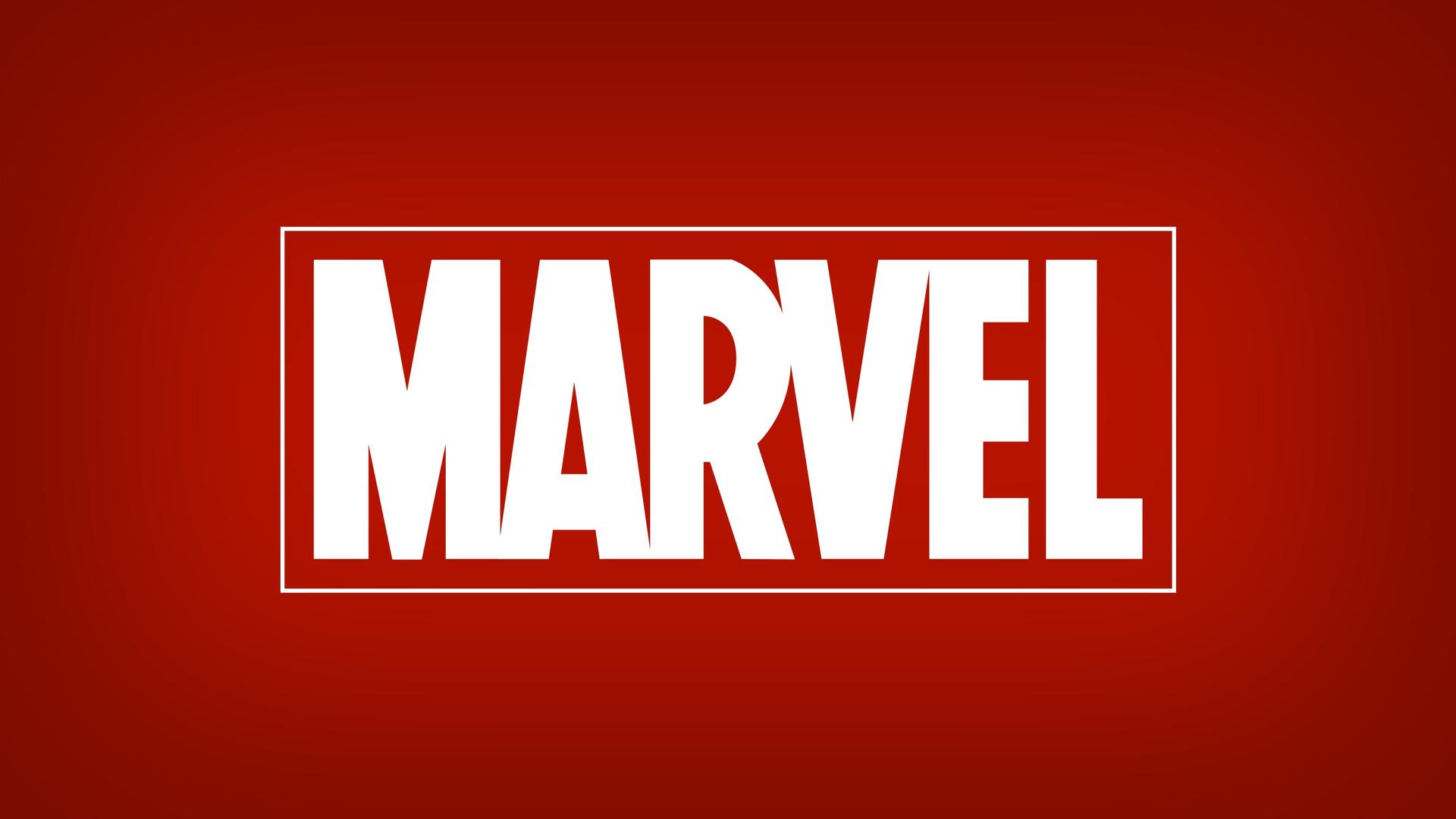
Disney’s new cost-cutting initiative is slowly and quietly removing many Marvel films and series from circulation, as the streaming service has taken down various series, documentaries, and originals, several of which belong to Marvel.
The streaming service has removed various series, documentaries, and originals, several of which belong to Marvel, as well as changing including a new password sharing crackdown.
Disney Limits New Content from the MCU
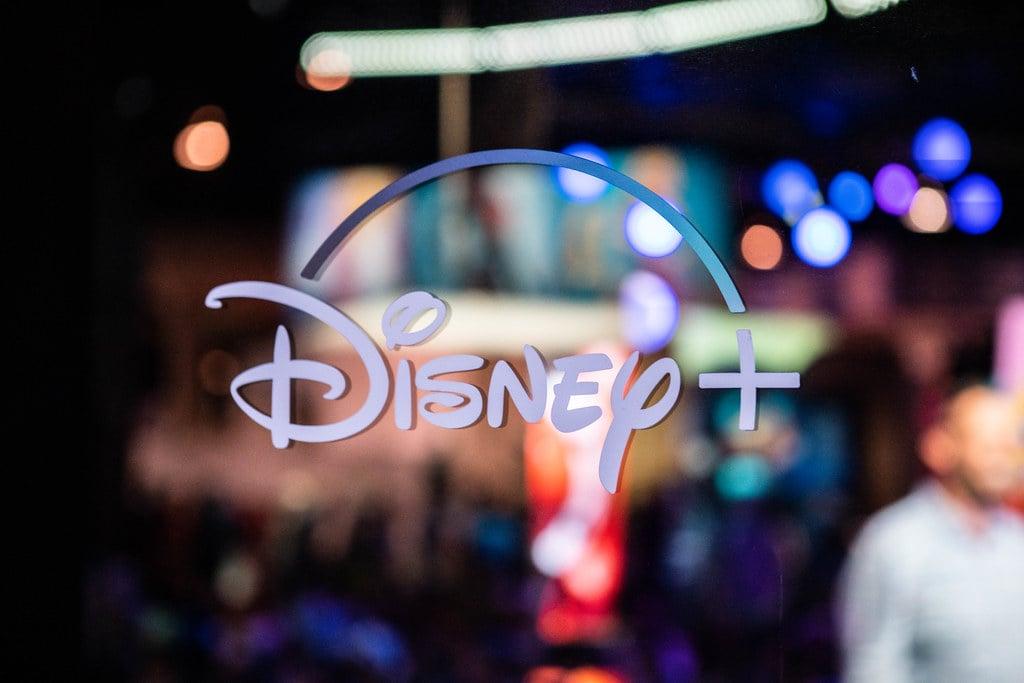
Disney has been pumping the brakes on “Star Wars” and Marvel films and shows since Iger took back the reins after Bob Chapek began to sink the entertainment giant.
“You pull back not just to focus, but also as part of our cost containment initiative. Spending less on what we make, and making less,” Iger said to CNBC in 2023.
The New Way Disney Releases Films and Shows

Last year, Disney reorganized its business model, which included cutting $5.5 billion in costs, $3 billion of which came from slashing content. Disney is refocusing Marvel and other branches, such as Pixar, to reduce the volume of content being produced for streaming.
“Marvel is a great example of that. It had not been in the television business at any significant level, and not only did they increase their movie output, but they ended up making a number of TV series,” said Iger. “Frankly, it diluted focus and attention.”
Disney Finds New Ways to Cut Cost and Make Money
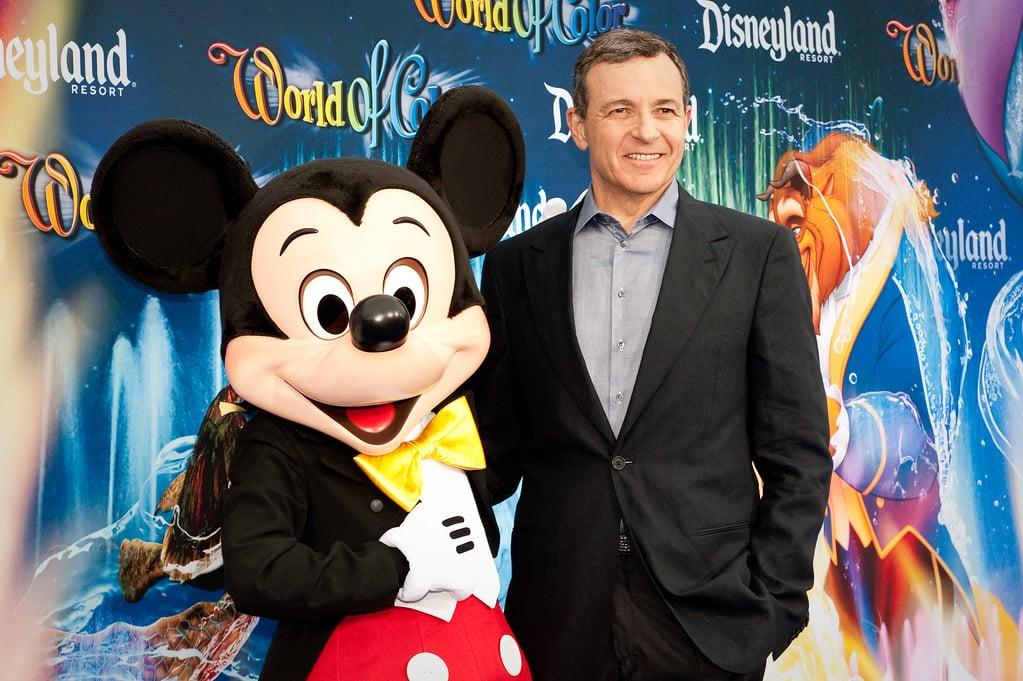
Josh Hallett/Flickr
With the streaming bubble burst and entertainment companies shifting focus from adding to their libraries to maximizing profits, Disney aims to draw audiences back to theaters for revenue generation.
Disney is also trying to kickstart a new streaming service with two other major entertainment giants. However, Congress has put a pause on those plans so far.
Disney Removes Two Marvel Original Series

Marvel’s entertainment giant streaming service has removed two of its original series: “Marvel’s Hero Project” from 2019 and “Marvel’s 616” from 2020. Marvel is considering removing lesser-known series.
The leading theory behind Disney’s decision to remove select content is the appeal of not having to pay residual fees to writers and actors and writing off costly projects that didn’t see significant financial success.
Disney Lowers Marvel’s Output
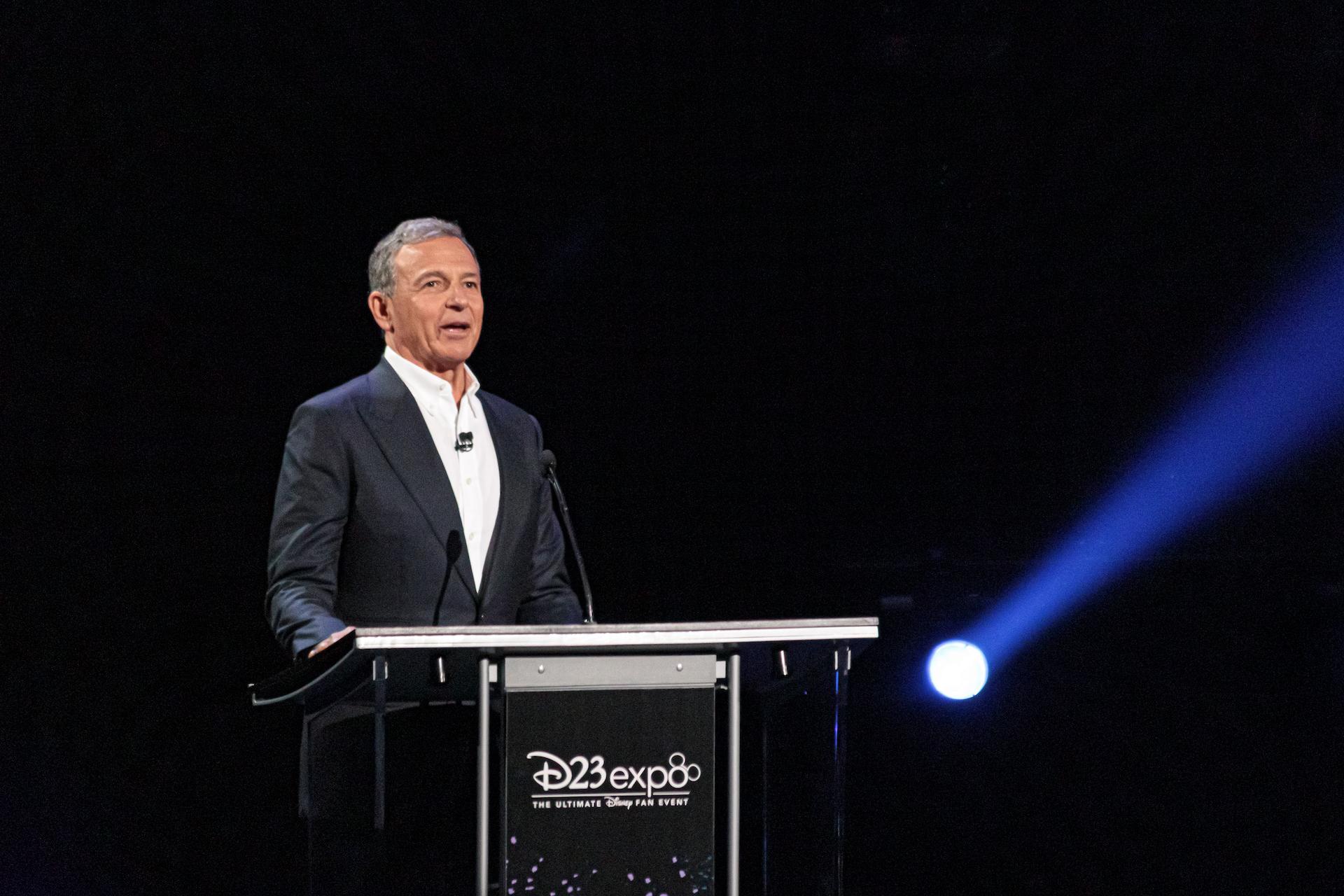
Iger announced that he expects Disney to lower its output and refocus on quality projects rather than quantity, which may have been pushed to fill the new streaming library on Disney+.
“We’ve reduced output, particularly at Marvel. When you fix or address these issues within movies, you accomplish three things,” Iger said during an earnings call in February.
Disney Gets Aggressive With Marvel

“You get aggressive at making sure the films you’re making can be even better. Sometimes, you kill projects you don’t believe in,” Iger said, referencing the last several projects that underperformed at the box office and received a plethora of negative reviews from audiences and critics.
Iger continued: “And, of course, you put new things in the pipeline that you do believe in that you have much more confidence in, and we’re doing all of that.”
The Decline of the MCU
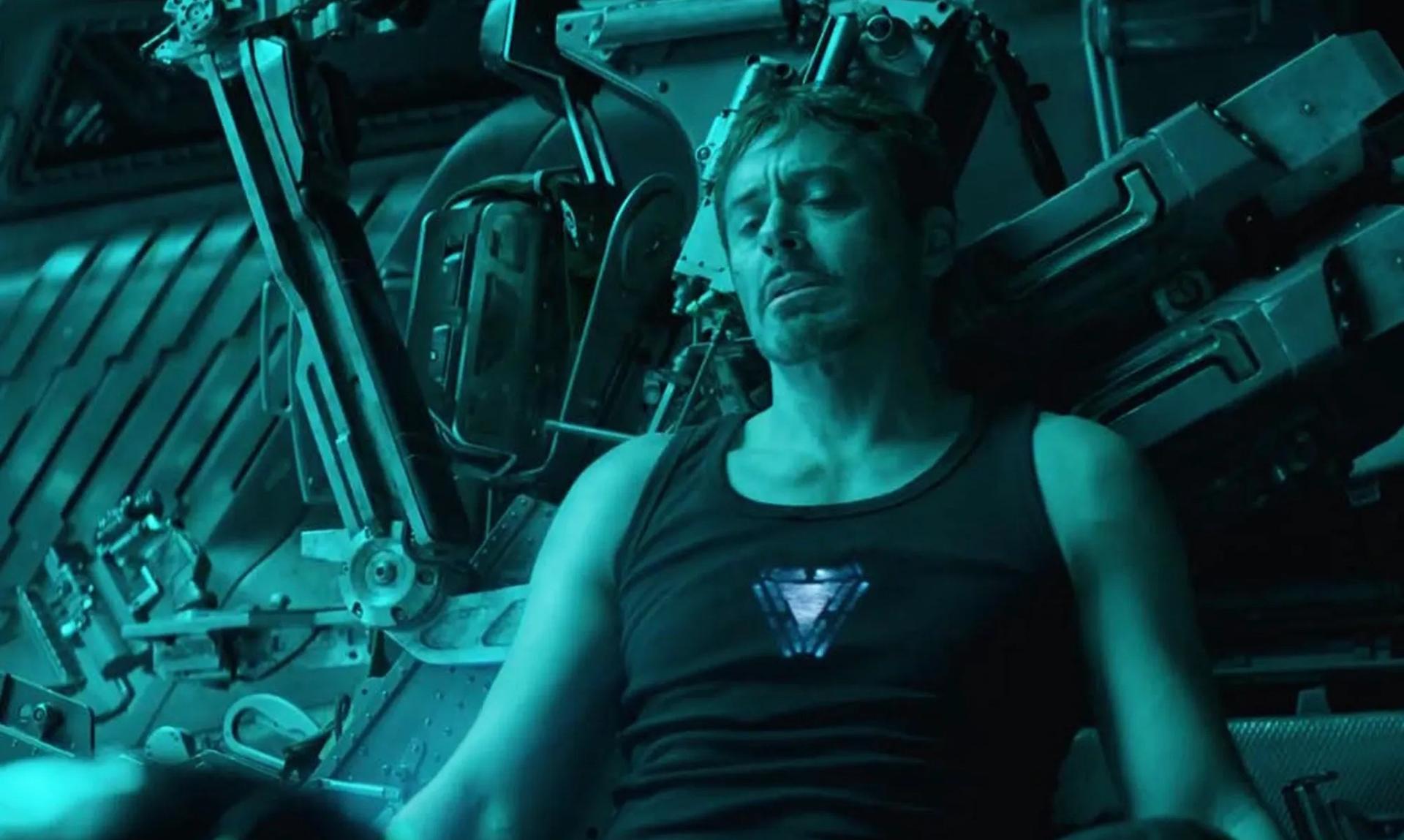
The MCU is in a very different place than in 2019 when it released “Avengers: Endgame.” The $2.799 billion grand finale to the Infinity Saga felt like celebrating a decade’s worth of films and fan dedication to a delicately interwoven story.
Almost immediately after the exhilarating cinematic experience, the MCU shifted into overdrive and started pushing out endless content in the form of TV series and films.
Superhero Burn Out Is the MCU’s Biggest Problem

Now, dozens of series and films are dedicated to the interconnectedness of the current MCU phase, which sees a new batch of Avengers fighting the multiverse overlord, Kang the Conqueror. However, nothing seems to matter in this new phase.
The over-saturation of shows and movies means people can’t keep up and abandon ship when they feel out of the loop.
The MCU Hits a New Low
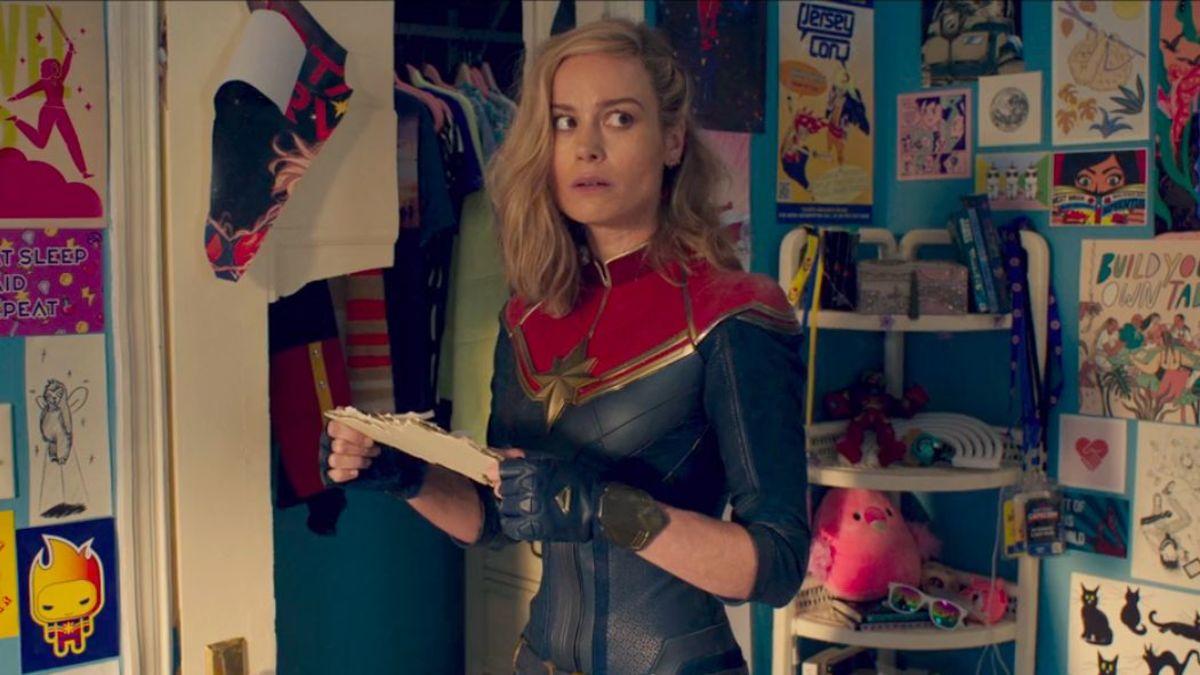
Disney and Marvel know that audiences are no longer interested in the stories being told. “The Marvels” made this clear as it became the lowest-grossing installment in the history of the MCU.
After four weeks in theaters, “The Marvels,” which came out in December 2023, grossed $80 million in the U.S. and $197 million globally against a $220 million budget.
Problems Plague Marvel

“The Marvels” might have been the nail in the coffin of an ongoing problem at Marvel. Sure, there are still standouts in the franchise (“Spider-Man: No Way Home,” “Guardians of the Galaxy Vol. 3,” and “Loki”), but these projects are not enough to keep that franchise alive.
There are many, many issues plaguing the new era of Marvel, and Iger seems more than ready to swing the ax to fix the tarnished golden child.
Major Points of Pain for the MCU

Over the last five years, Marvel has found itself producing too many mediocre projects, all setting up for a big Thanos-like battle against Kang the Conqueror, which may have been derailed by Jonathan Majors’ firing following his assault conviction.
Then, conversations about the poor working conditions for VFX artists in MCU movies and shows have sparked, questioning whether mediocrity is worth the long hours and little pay.
Marvel’s New Strategy
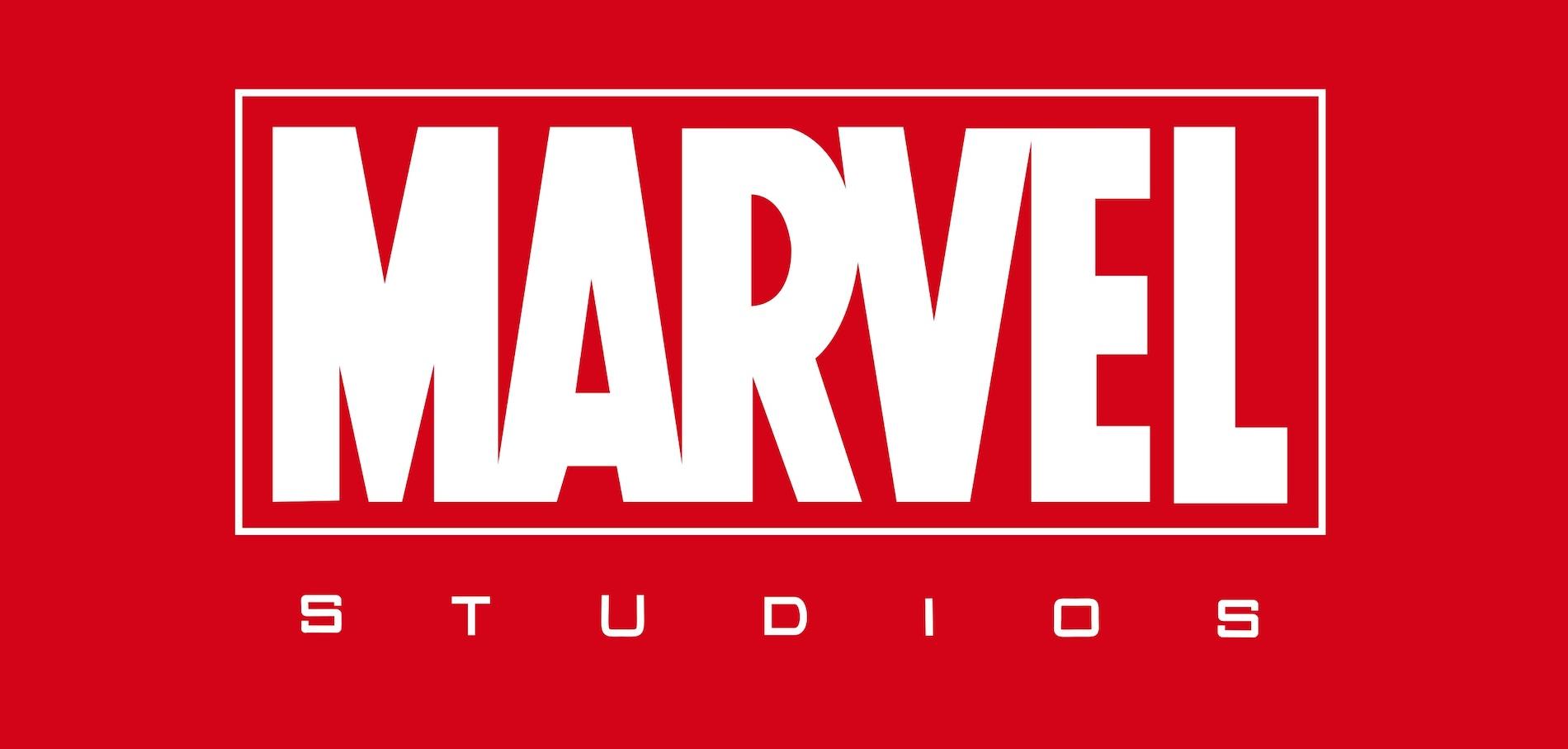
As part of the strategy, Marvel will be releasing one movie this year: “Deadpool and Wolverine.” The footage presentation from the upcoming ensemble X-Men film received positive feedback from audiences at CinenamCon last week.
This new strategy has been something Iger has been hinting at, hoping to bring the mega-successful franchise back into the limelight.
Deadpool and the X-Men Become Disney’s Property
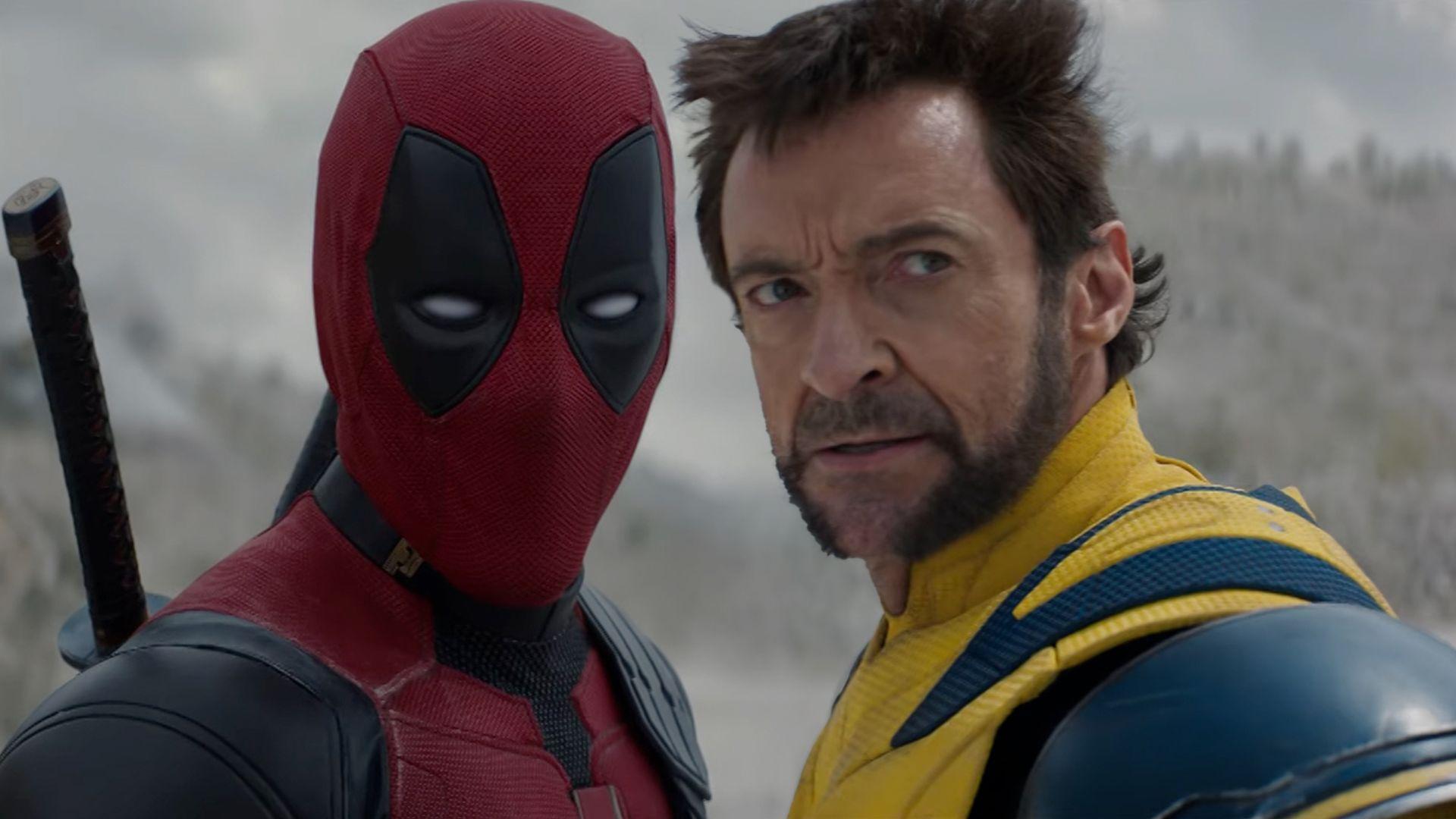
Deadpool and X-Men were not always Disney’s property to distribute. Instead, the rights to Deadpool and X-Men belonged to 20th Century Fox (Marvel sold the rights to some characters in the early 2000s to stay afloat).
Now, Disney has acquired the studio that owns the rights to these characters, providing them a home under the Disney umbrella.
Iger Test the MCU With “Deadpool and Wolverine”
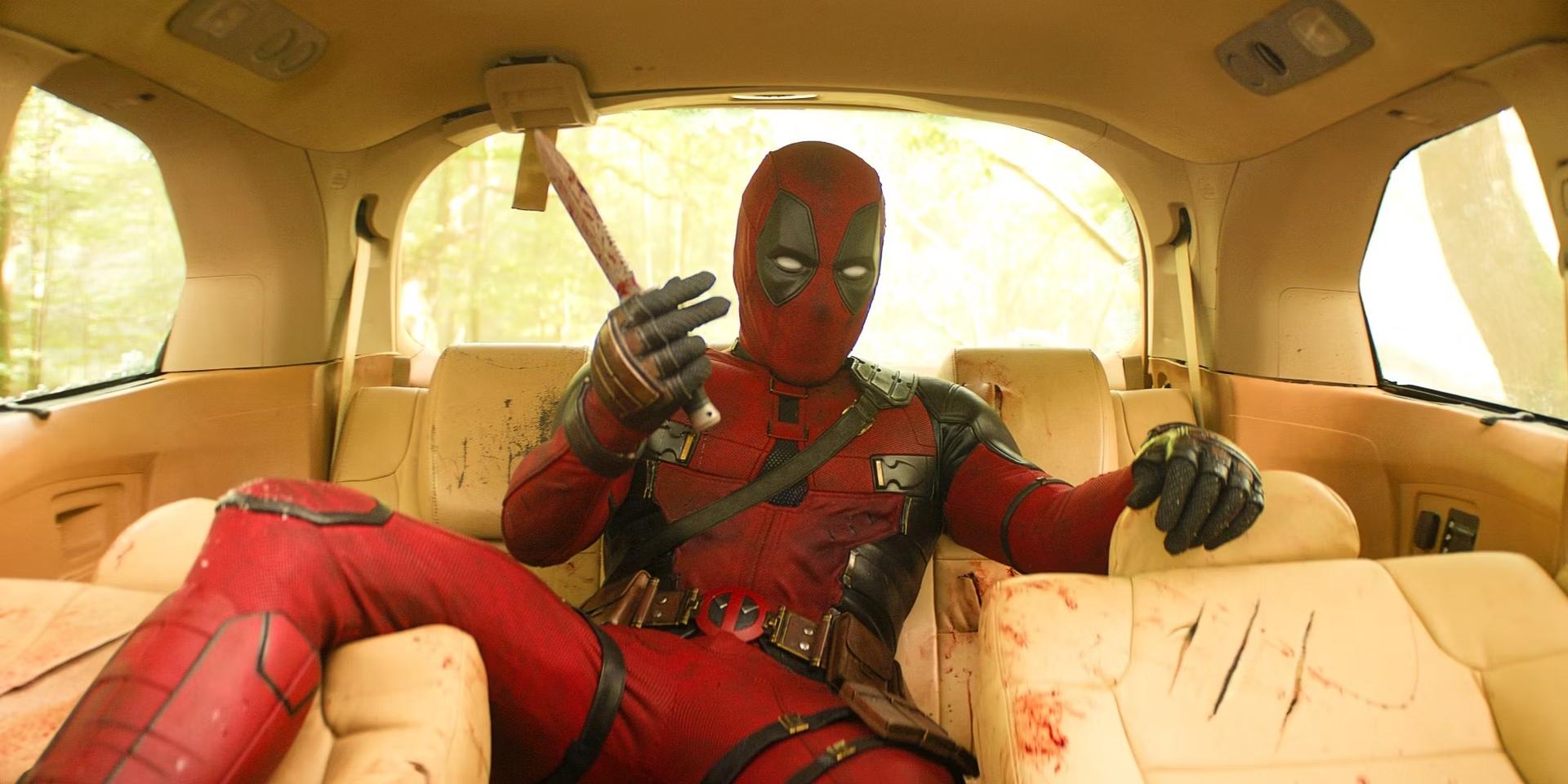
Now, the fourth-wall-breaking, R-rated superhero will be representing Disney, exciting fans as Ryan Reynolds’ anti-hero could be making his MCU debut sometime soon (Kelsey Grammer’s post-credits reprisal as the X-Men’s Beast in “The Marvels” seemed to add fuel to this fire).
While “The Marvels” couldn’t make enough at the box office, Iger seems to be using “Deadpool and Wolverine” as a test of the money-making power of the MCU in the modern era.
Can “Deadpool and Wolverine” Save the MCU?
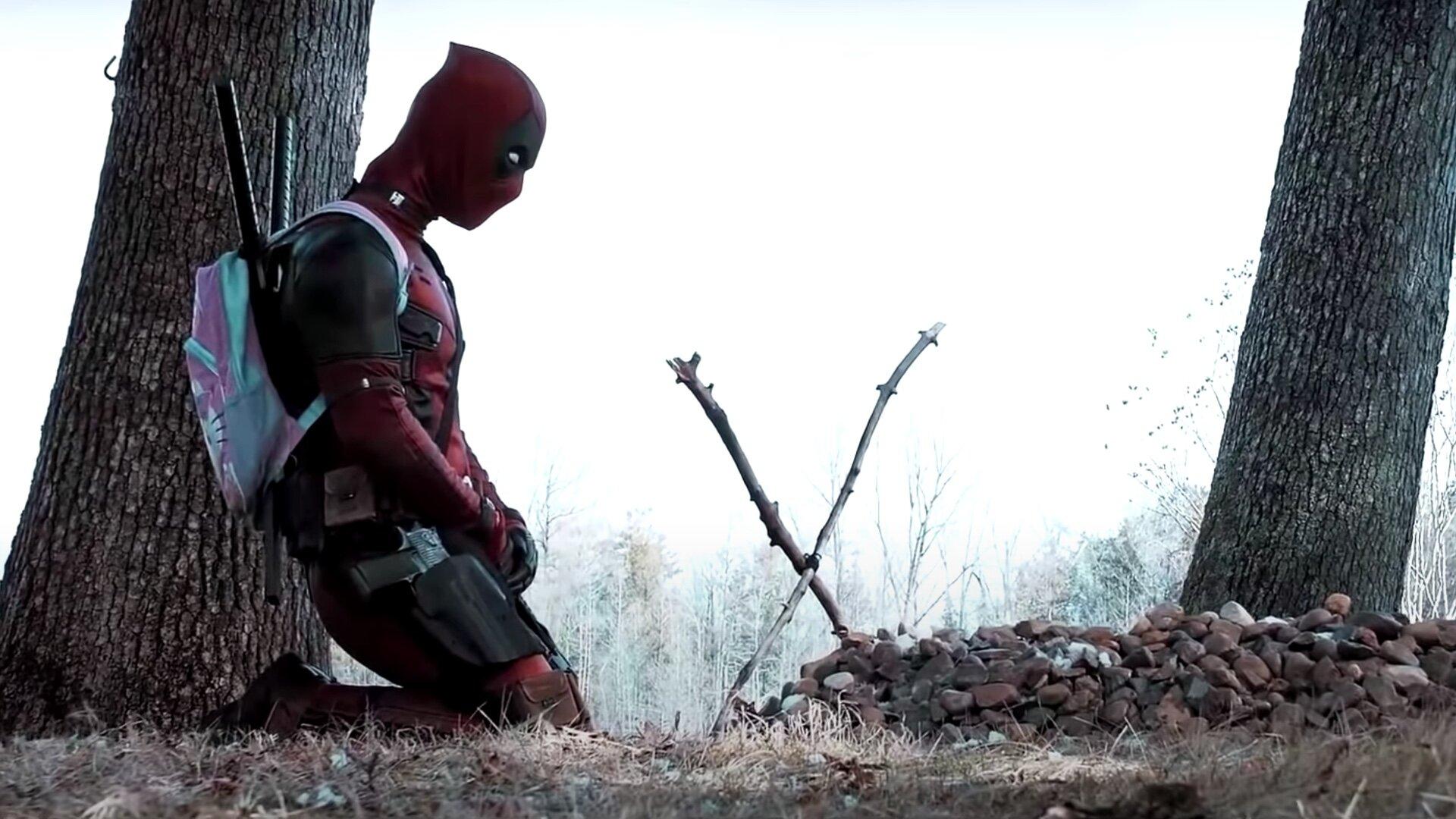
With multiple “Deadpool and Wolverine” trailers already racking up millions of views online, it seems clear that the MCU has a winner in the making. The previous film, “Deadpool 2,” grossed over $786 million worldwide on a $110 million budget.
The hype surrounding Wolverine and the crossover into an alternate MCU world, where epic fights take place in the skull of a giant Ant-Man, has fans eagerly anticipating July.
Being Fantastic Films Rather than Fatigue

“A lot of people think it’s audience fatigue, it’s not audience fatigue. They want great films,” Iger said during an interview with CNBC last month.
“And if you build it great, they will come and there are countless examples of that. Some are ours and some are others. “Oppenheimer” is a perfect example of that. Just a fantastic film,” Iger said.
Refocusing the MCU

“I feel good about the IP we’re making. I talked about a lot of the projects. We look years ahead, really. And it’s iterative,” Iger said.
Disney Had Massive Layoffs Last Year

Around the time Disney laid off Perlmutter, it eliminated 7,000 jobs, constituting about four percent of its global total workforce, as part of a $5.5 billion cost-cutting campaign.
The campaign aimed to improve Disney’s financial results and position the company for streaming growth. Now, Iger is trimming the fat to make Disney an even leaner, meaner money-making machine.
Disney Eliminates Marvel’s Metaverse Division
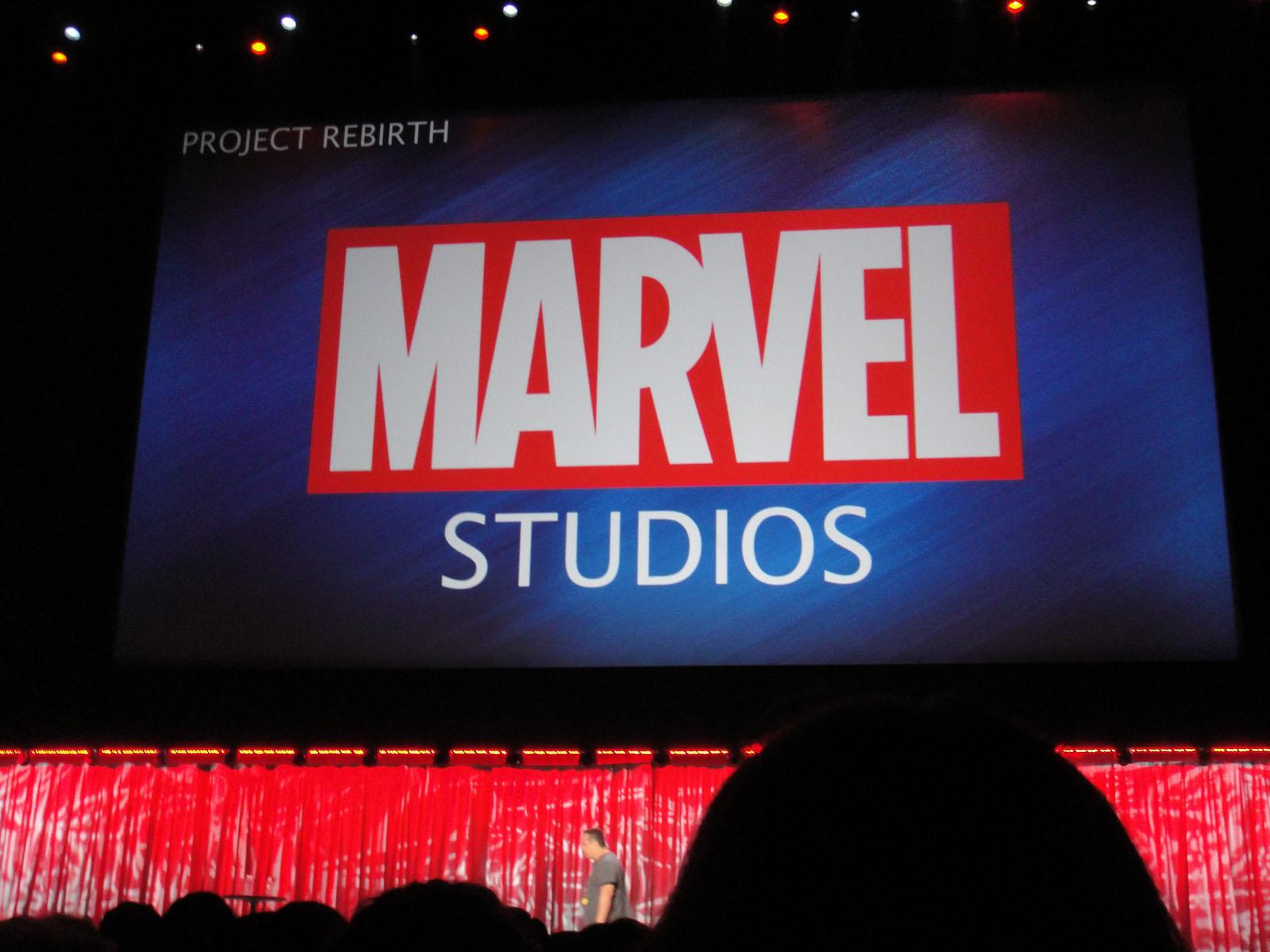
According to The Wall Street Journal, Disney also dissolved a 50-person metaverse division within the Marvel branch, which had been dedicated to “next-generation storytelling and consumer experiences.”
Iger believed that the goals established by the metaverse division did not come to fruition in a timely and promising manner and thus decided to cut the division.
The Leading Movie of the MCU
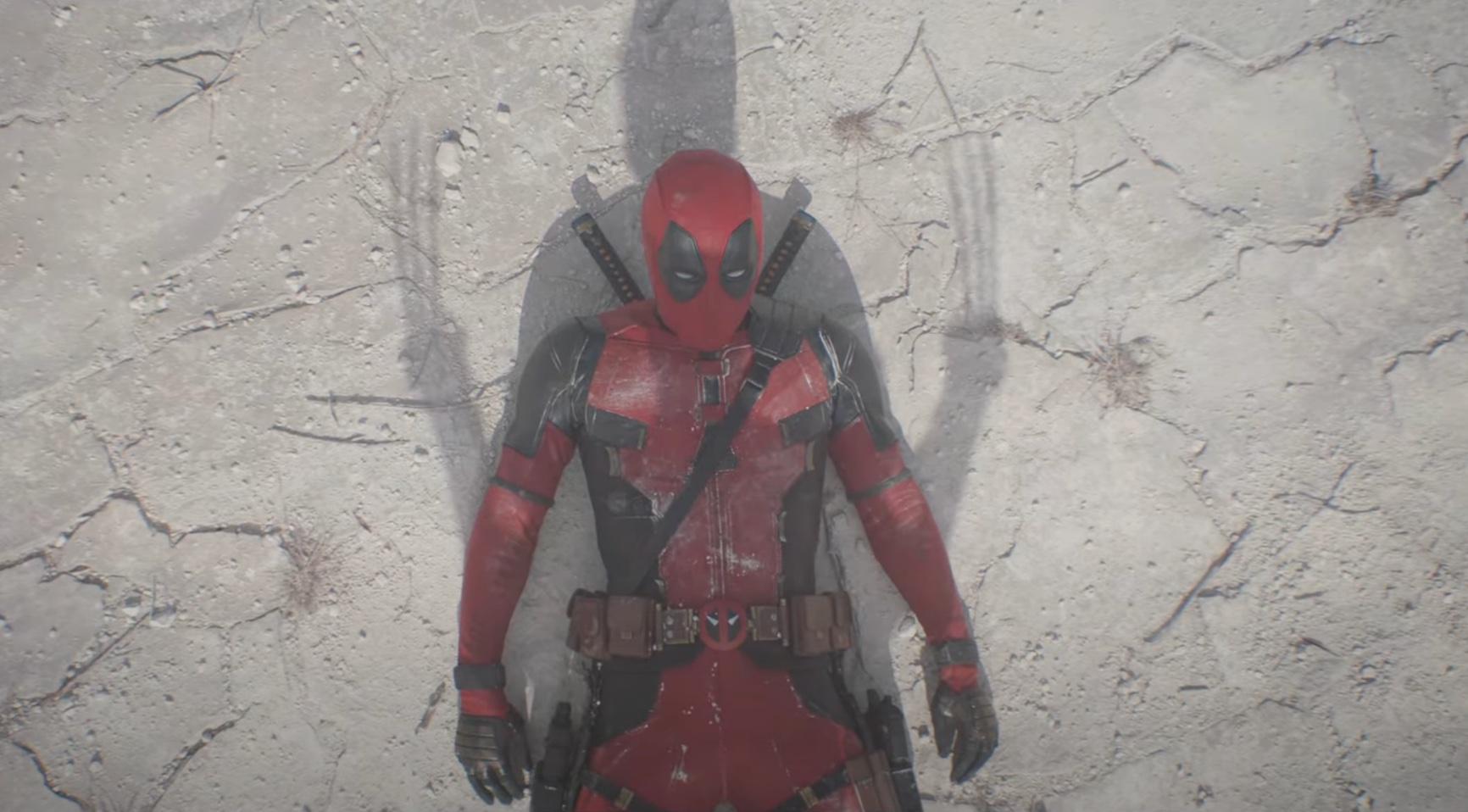
While Marvel undergoes massive changes, both in staff and production, Disney is hoping that “Deadpool and Wolverine” could change the history of the MCU once again.
The film stars Ryan Reynolds as Wade Wilson/Deadpool, Hugh Jackman as Logan Howlett/Wolverine, Morena Baccarin as Vanessa Carlysle, and possibly Jennifer Garner as Elektra.

